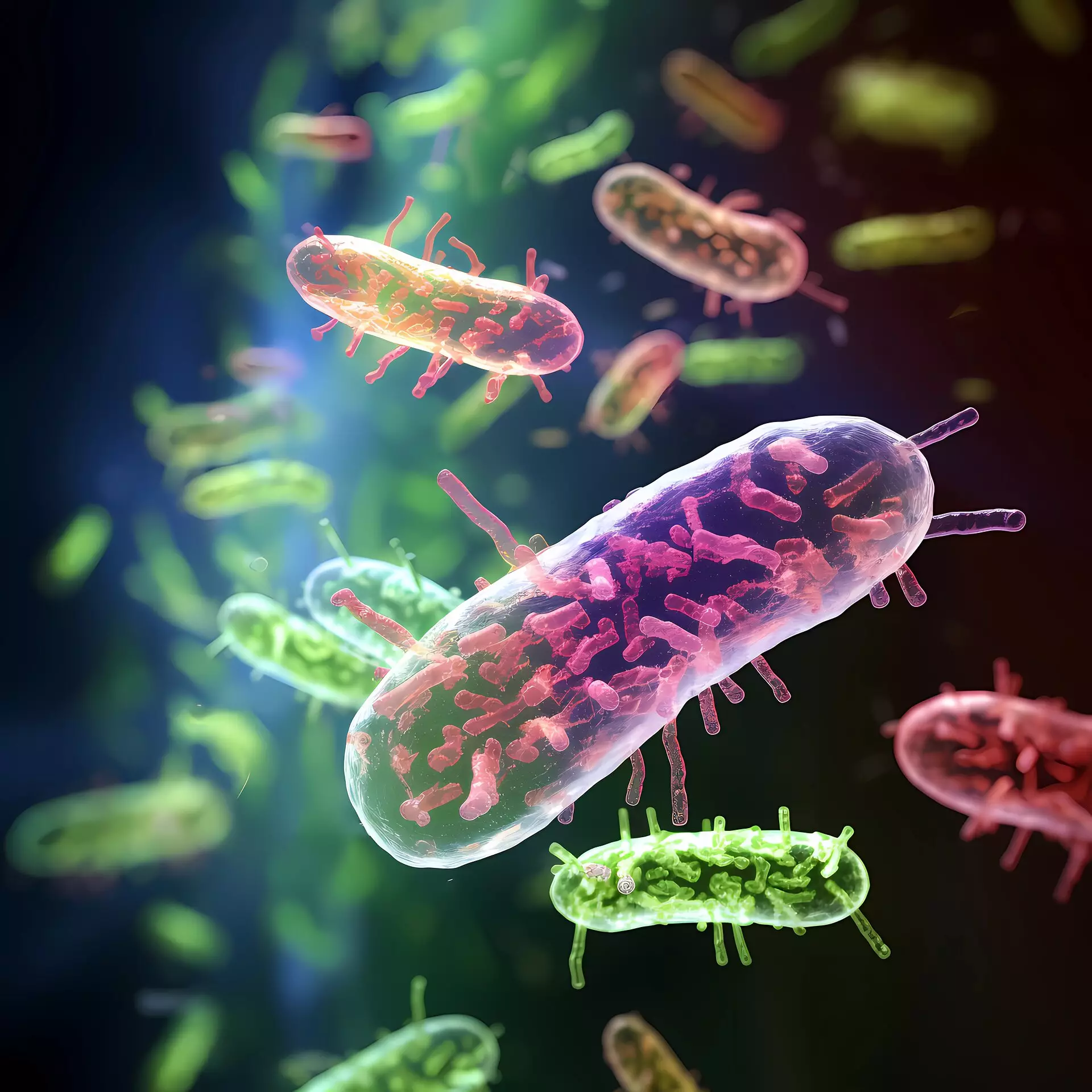Recent research presented by a team from the University of Science and Technology of China, spearheaded by Professor Xu Ning, has unveiled remarkable similarities between two seemingly disparate physical systems: active matter and shear flows. Active matter refers to non-equilibrium systems that can move autonomously using energy from their surroundings. This category encompasses everything from microscopic organisms to swarms of insects, exhibiting captivating collective behaviors that have intrigued scientists across various fields. These behaviors are not just interesting phenomena but vital processes that can impact biological and physical systems alike.
Revolutionary Insights from Comparative Analysis
The study highlighted a groundbreaking approach by drawing parallels between how active matter behaves under self-propulsion and how traditional systems respond to shear forces. Historically, these two systems have been viewed in isolation, largely due to their differences in energy input and behavior. By establishing a comparison, the research opens a new dialogue in understanding how complex systems operate under different states of motion. The team’s findings suggest that the viscosity changes experienced in active matter with respect to active forces have intriguing similarities to those observed in sheared systems under shear stress. This comparison is groundbreaking, as it suggests a level of universality in the behaviors of these diverse systems, challenging our understanding of fluid dynamics.
Challenging Conventional Views of Fluid Dynamics
What stands out in this study is how it challenges conventional notions about the stability of molecular structures within fluids. In standard Newtonian fluids, shear stress typically results in alignment without disrupting the aggregate structure. This research, however, posits that active matter, characterized by random deviations in force direction, effectively disrupts these structures. The inability of active forces to consistently stabilize percolating clusters leads to a dramatic drop in viscosity, a statement that has profound implications for both biological processes and innovative engineering applications.
The Implications of Research on Everyday Life
The implications of this research extend beyond the academic sphere into practical, real-world applications. Understanding how to manipulate viscosity on a microcosmic scale holds immense potential in industries such as biotechnology, materials science, and even fluid dynamics. For example, this research provides insight into slackening viscosity observed in biological systems, like the phenomenon relating to E. coli behavior in microbial systems, which can resemble “superfluid”-like properties.
Assessing these collective behaviors Using multidisciplinary frameworks could yield advancements in health technologies, leading to new strategies for targeted drug delivery or bio-inspired engineering solutions. As we continue to navigate the complexities of both active matter and shear flows, this new research underlines a promising avenue of exploration that blends biology with fundamental physics, urging us to reconsider how we define and classify movement, stability, and interactions within fluid systems.
While the study’s conclusions invite further exploration, they also provoke crucial questions that challenge existing paradigms. As scientists push the boundaries of our understanding, the journey of discovery promises to keep yielding transformative insights about the microscopic and macroscopic worlds alike.


Leave a Reply